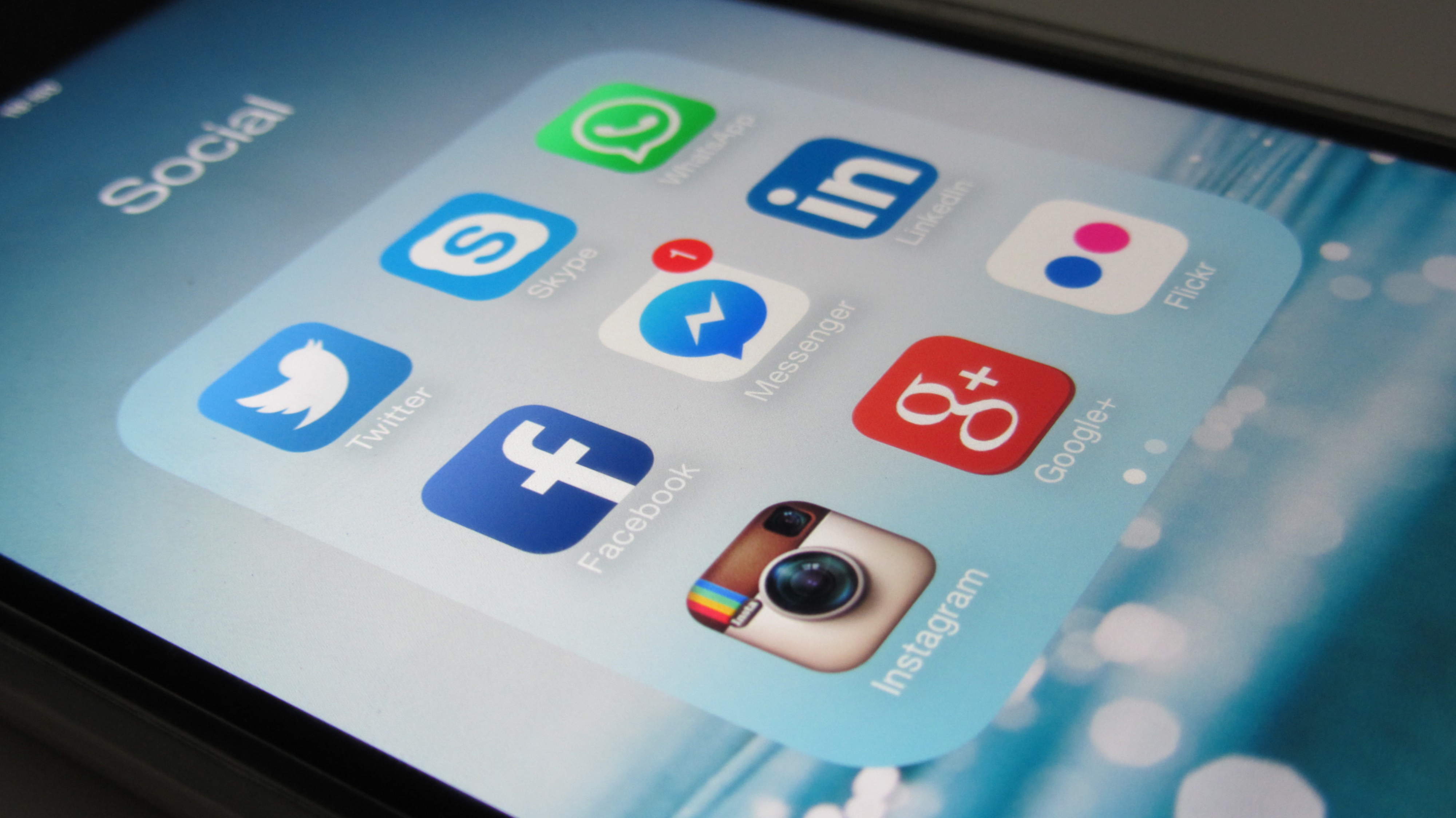A study has found that depressive episodes are more prevalent in teenagers and social media is to blame
Teenage life in the 21st Century is unparalleled with any previous generation. The rise of an online life through social media has lead to entire generation growing up with a fantastic range of skills and a vast array of ways to communicate with friends, both at home and across the globe. New art-forms have developed along with new ways to share the wonders of the world and express yourself. However, it has come to light that there are both marvels and challenges to, what is relatively, a new way of life.
It has come to light that there are both marvels and challenges to, what is relatively, a new way of life.
A study published by the American Association of Paediatrics, from a team led by Ramin Mojtabai, looked into an apparent rise in the prevalence of depressive episodes among teenagers in the United states, along with the trends in the treatment of depression itself and came to some quite stark conclusions.
Firstly, overall in teenagers there has been an increase of over 3% in the prevalence of depressive episodes over a period of 12 months, from 2011 to 2014. In comparison the 18-25 year old group in the study only saw a rise of around 1%. This group was further split into the 18 to 20 year olds versus 21 to 25 year olds, and no change was noticed in the latter group. This clearly shows a trend where younger generations are being increasingly afflicted by these episodes.
Secondly, whilst the reported cases increased in the younger groups, the treatment rates remained stable across groups, implying a rising number of unreported cases.
More startlingly however, was the finding that around three quarters of the instances among 12-17 year olds were girls. There is a wealth of statistical evidence showing that females have reported a greater number of cases of depression in general. However, this amount of disparity is unprecedented.
This is where the inference of the effect of online life is brought in. There is a wealth of both anecdotal and hard evidence that the internet can be a harmful environment for teenage girls. Nancy Jo Sales’ book “American Girls” tells the stories of the realm of misogeny and secret lives that is the internet. As a relatively new phenomenon, there can be an excerbated effect on teenage girls as they go through a crucial stage of cognitive development. Girls as young as 13 reported being asked for nude images which, is a worrying occurrence.
There is a wealth of both anecdotal and hard evidence that the internet can be a harmful environment for teenage girls.
Ramin found that girls are more likely in general to be heavier users of social media, and this could explain explain the findings from the study.
Furthermore, despite improving trends, girls still face a world of lessened employment, salary and education according to Psychologist Catherine Steiner-Adaire, talking to NPR, “[women and girls are still] continually bombarded by media messages, dominant culture, humor and even political figures about how they look — no matter how smart, gifted, or passionate they are.”
She reported that some of her young female patients took their “whole identity from their phone.” Noting findings that young girls are more vulnerable to “defining themselves in comparison to others.”
The study itself is obviously from America, and so the direct comparison to other societies cannot be entirely inferred, however, societal trends from the US to other societies do often follow suit. Which is why current campaigns from the UK governement in relation to helping mental health issues are encouraging, as a start if nothing else.
IMAGE: Flickr




